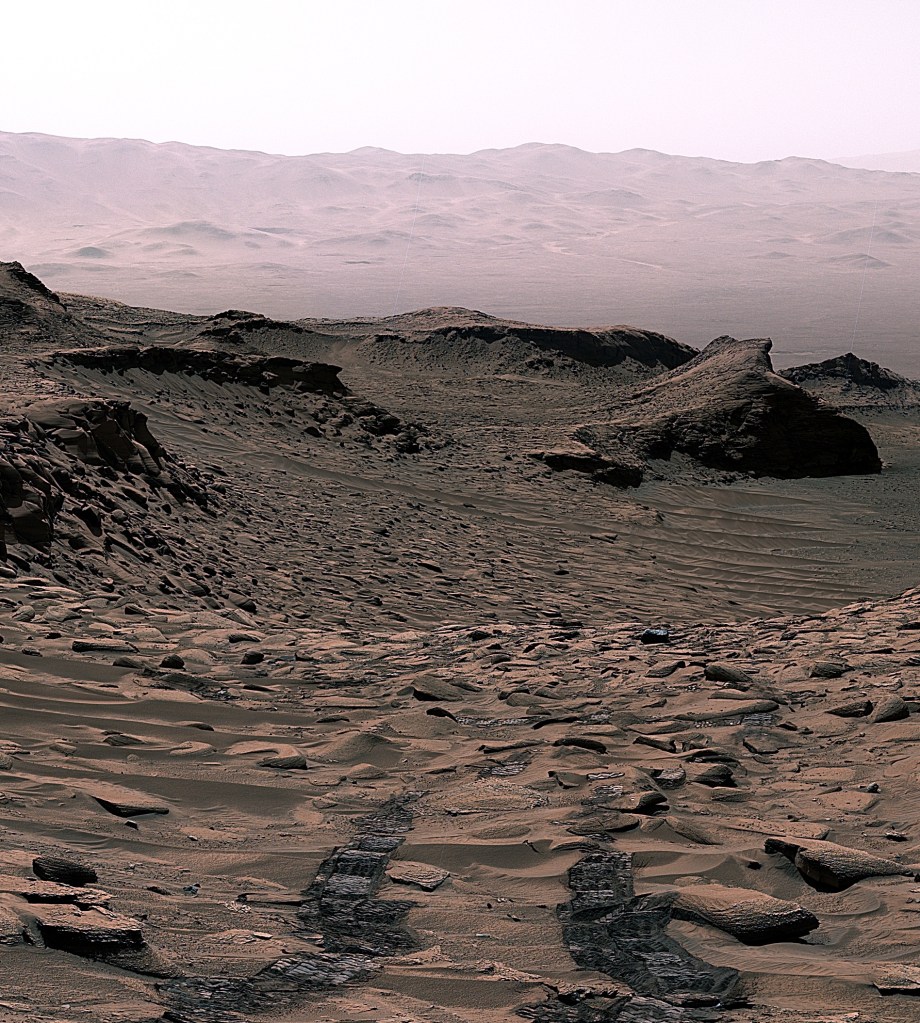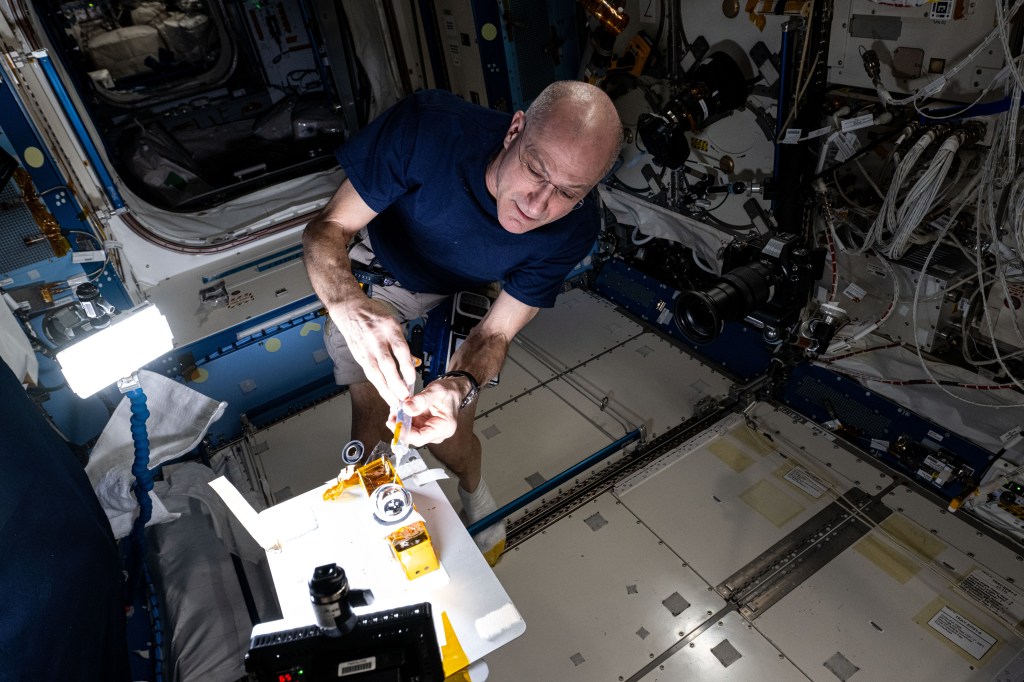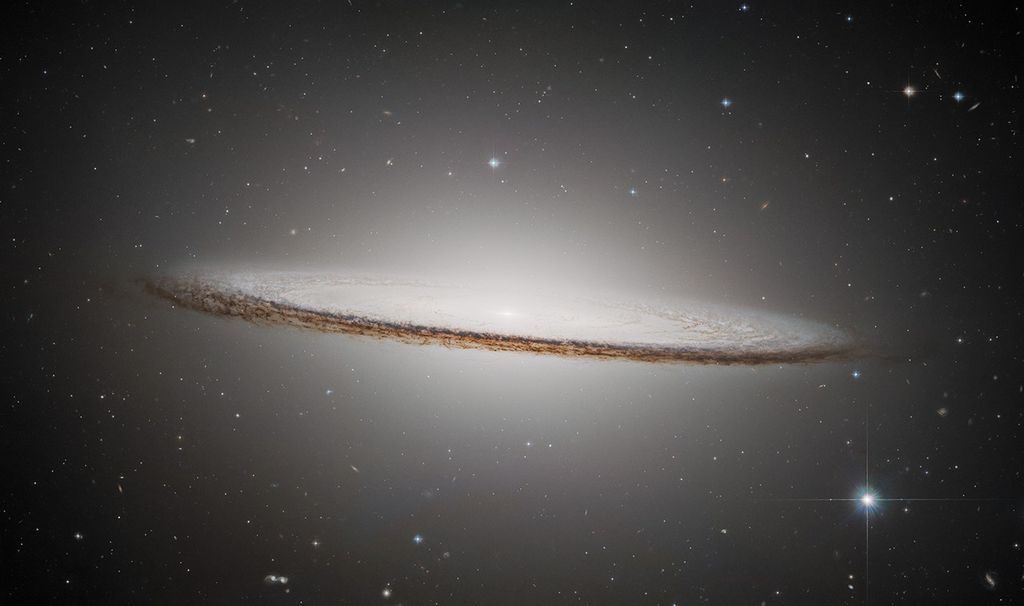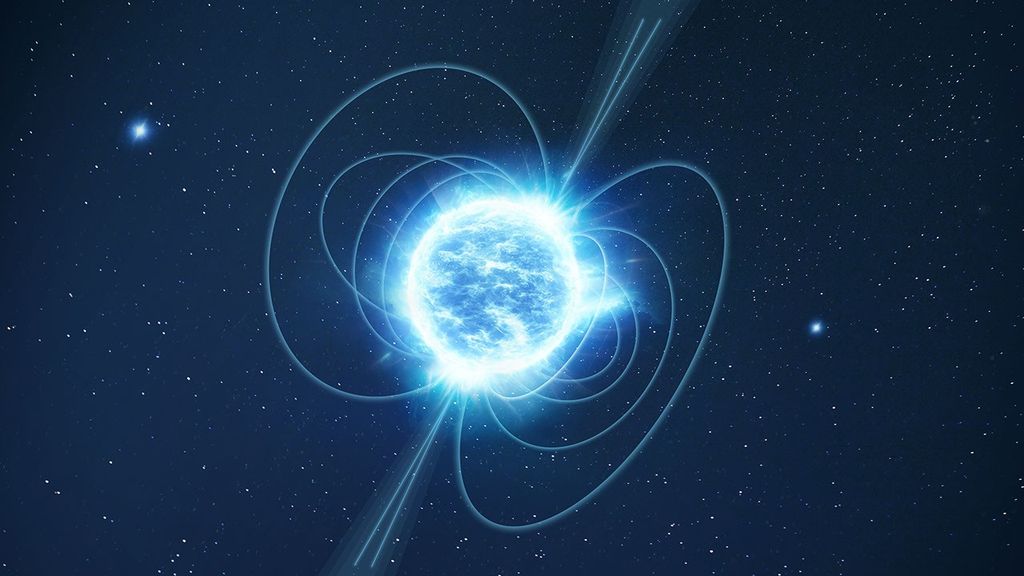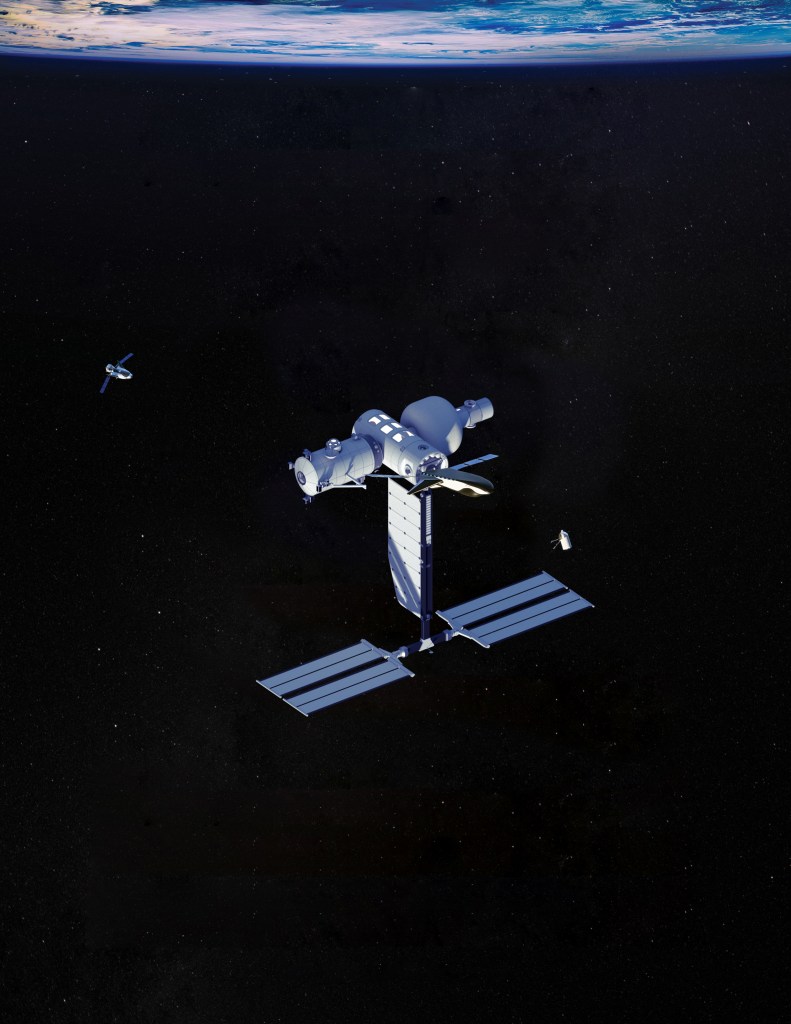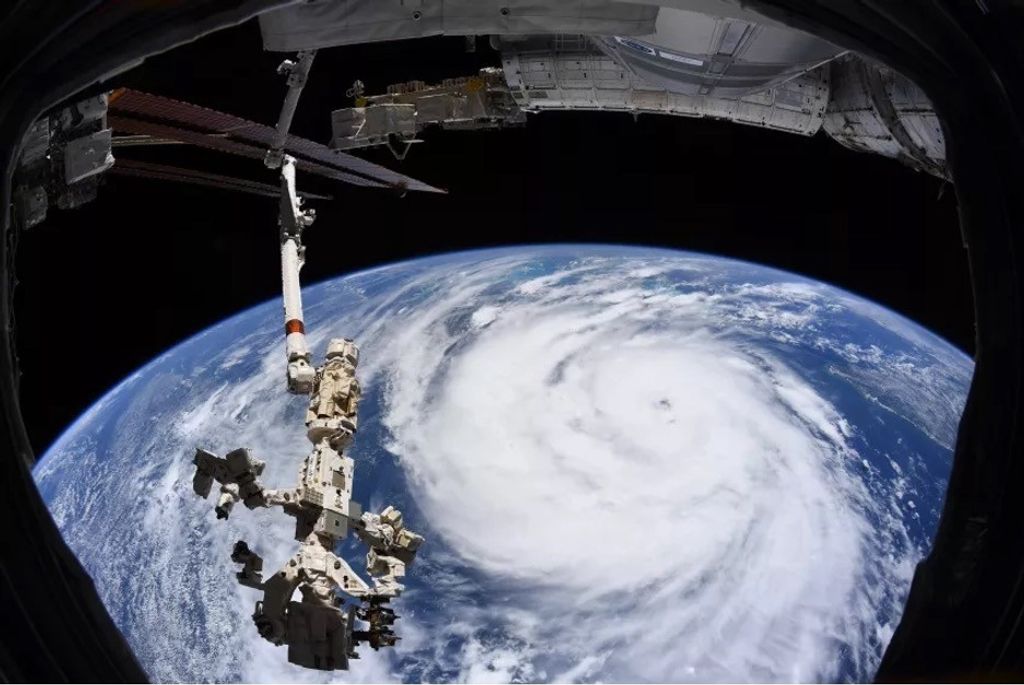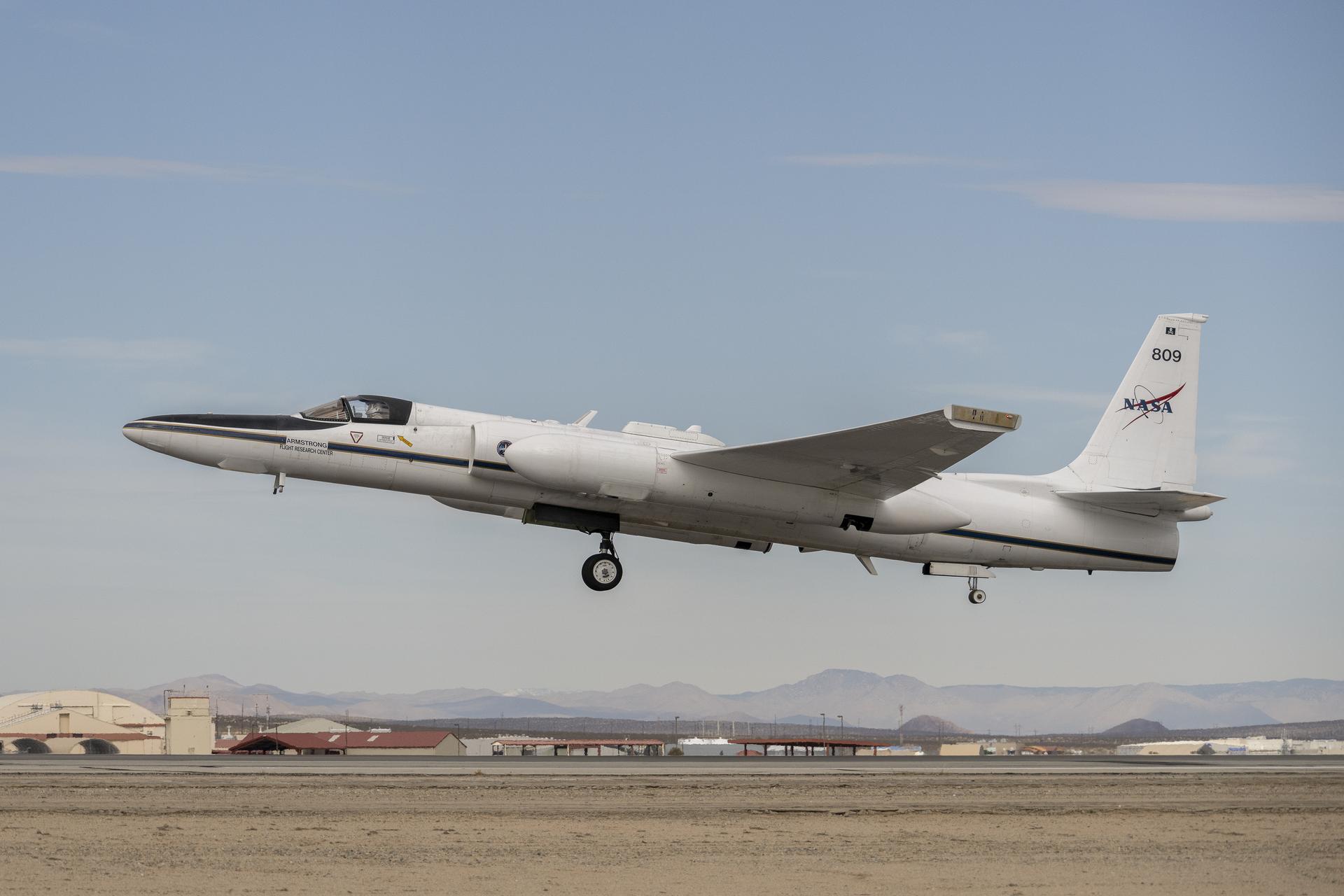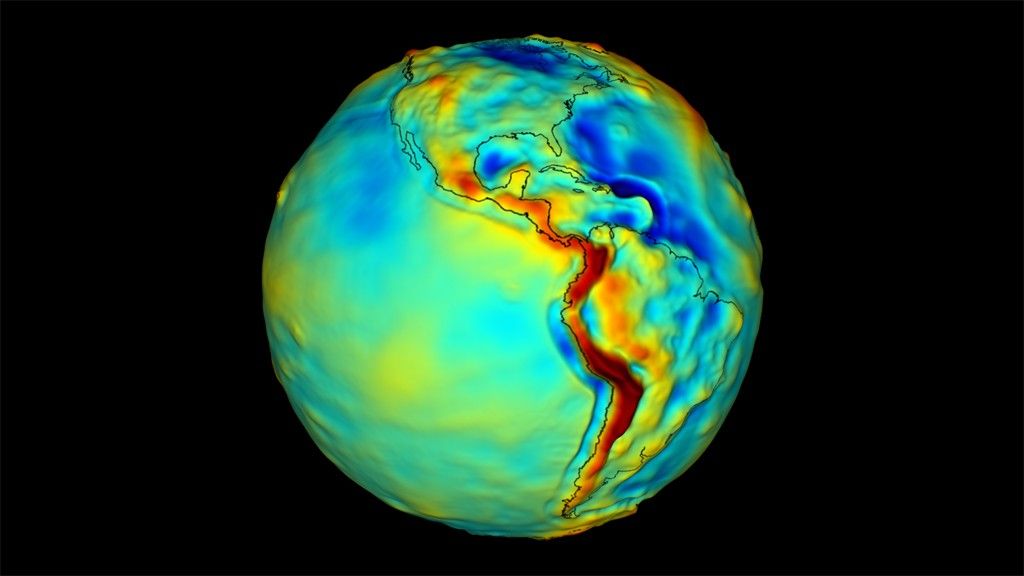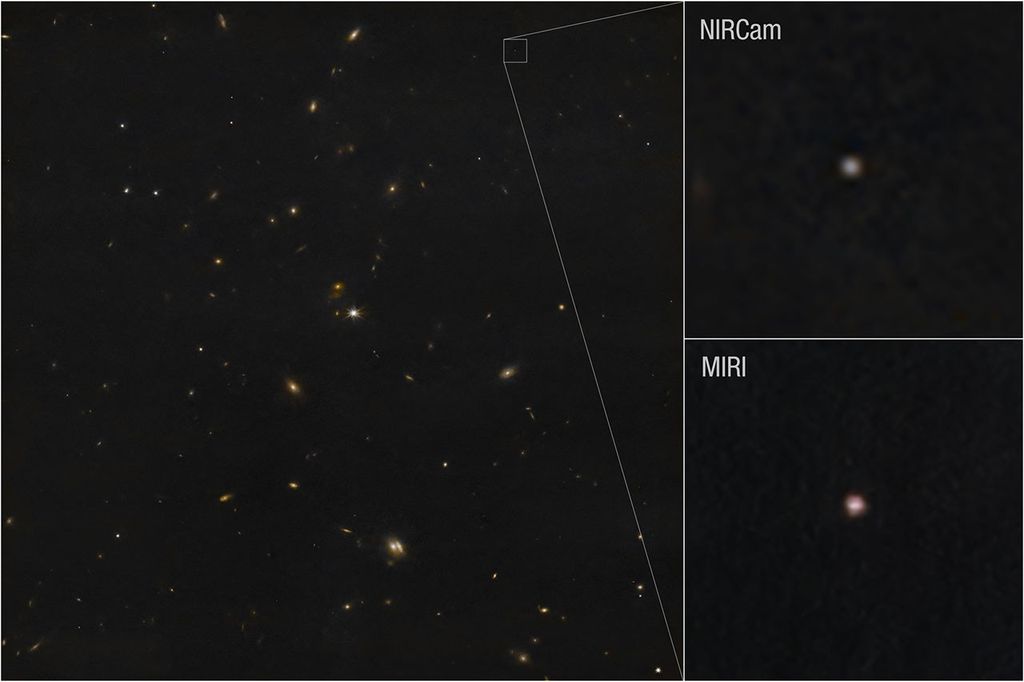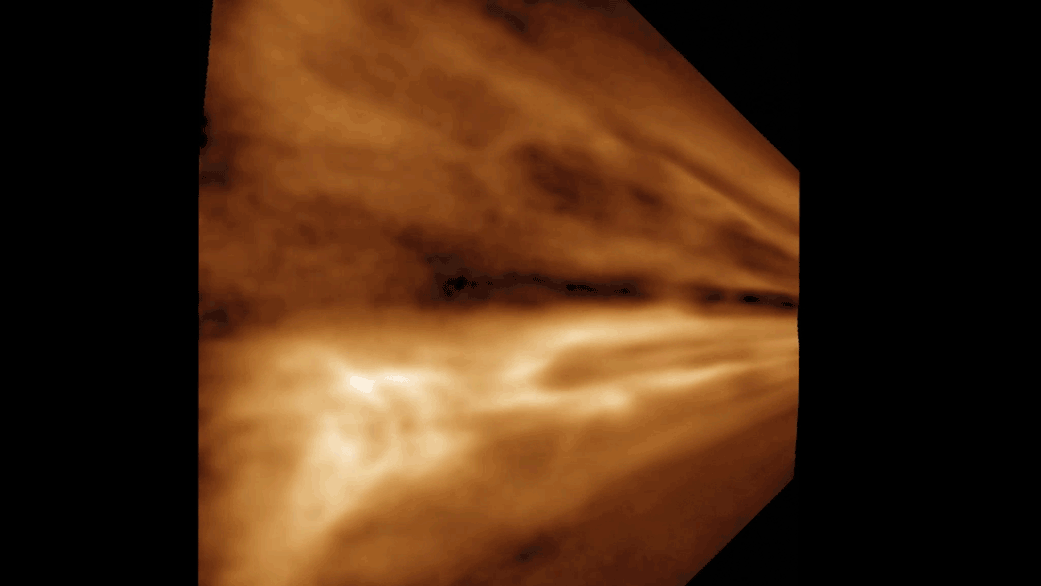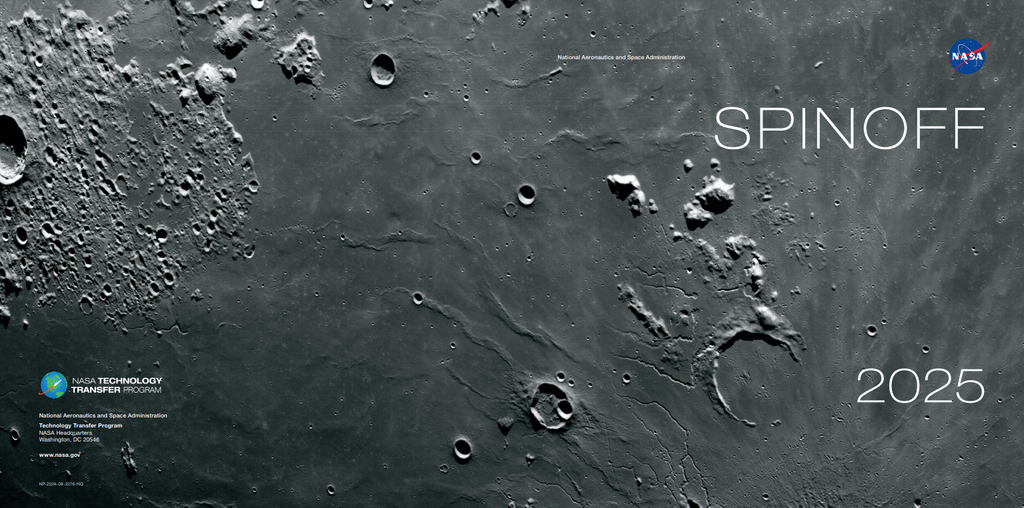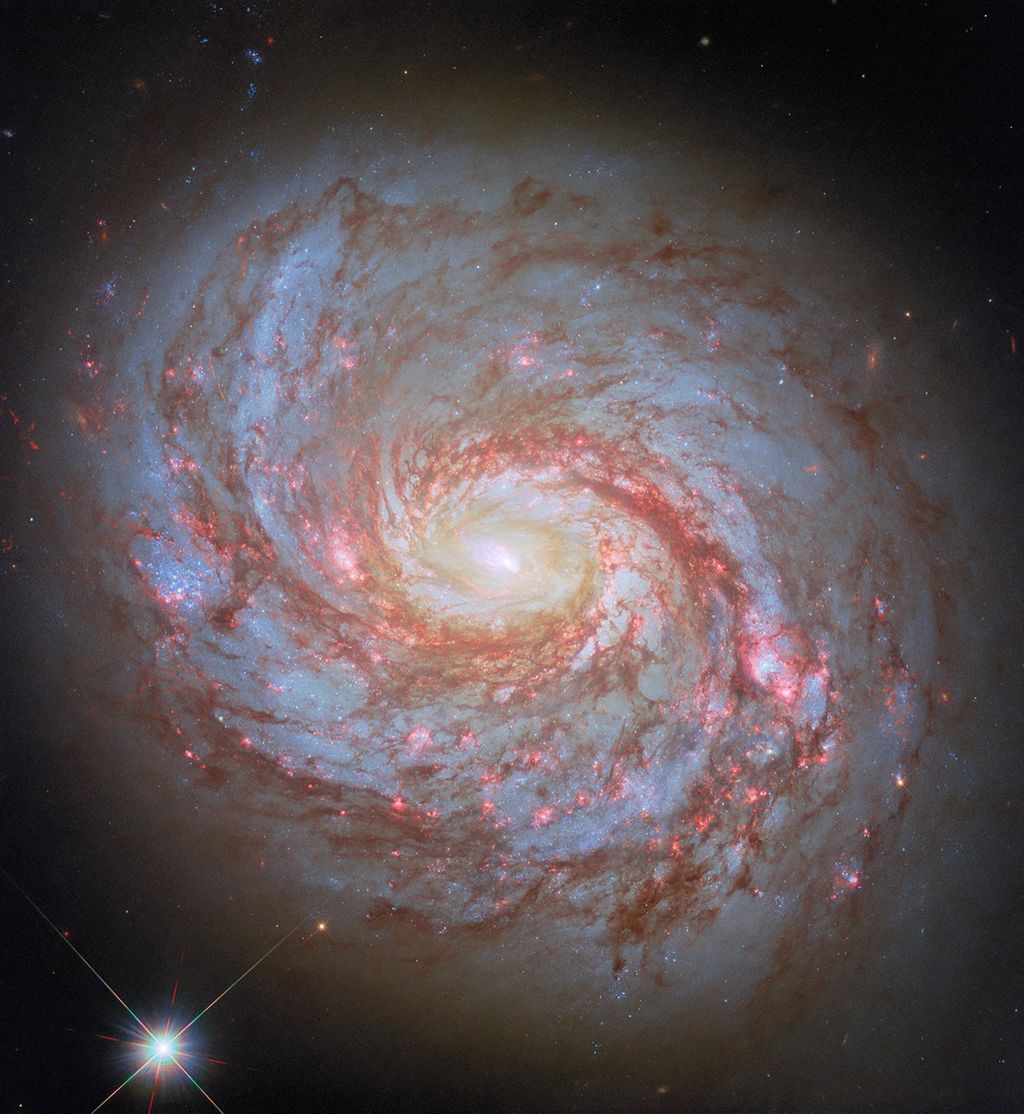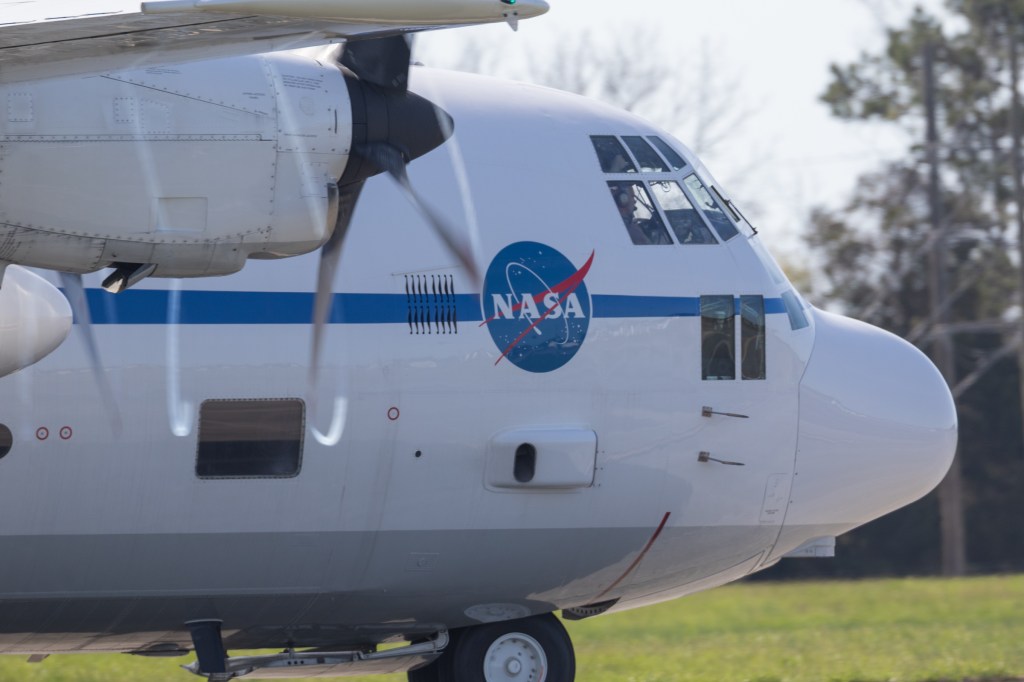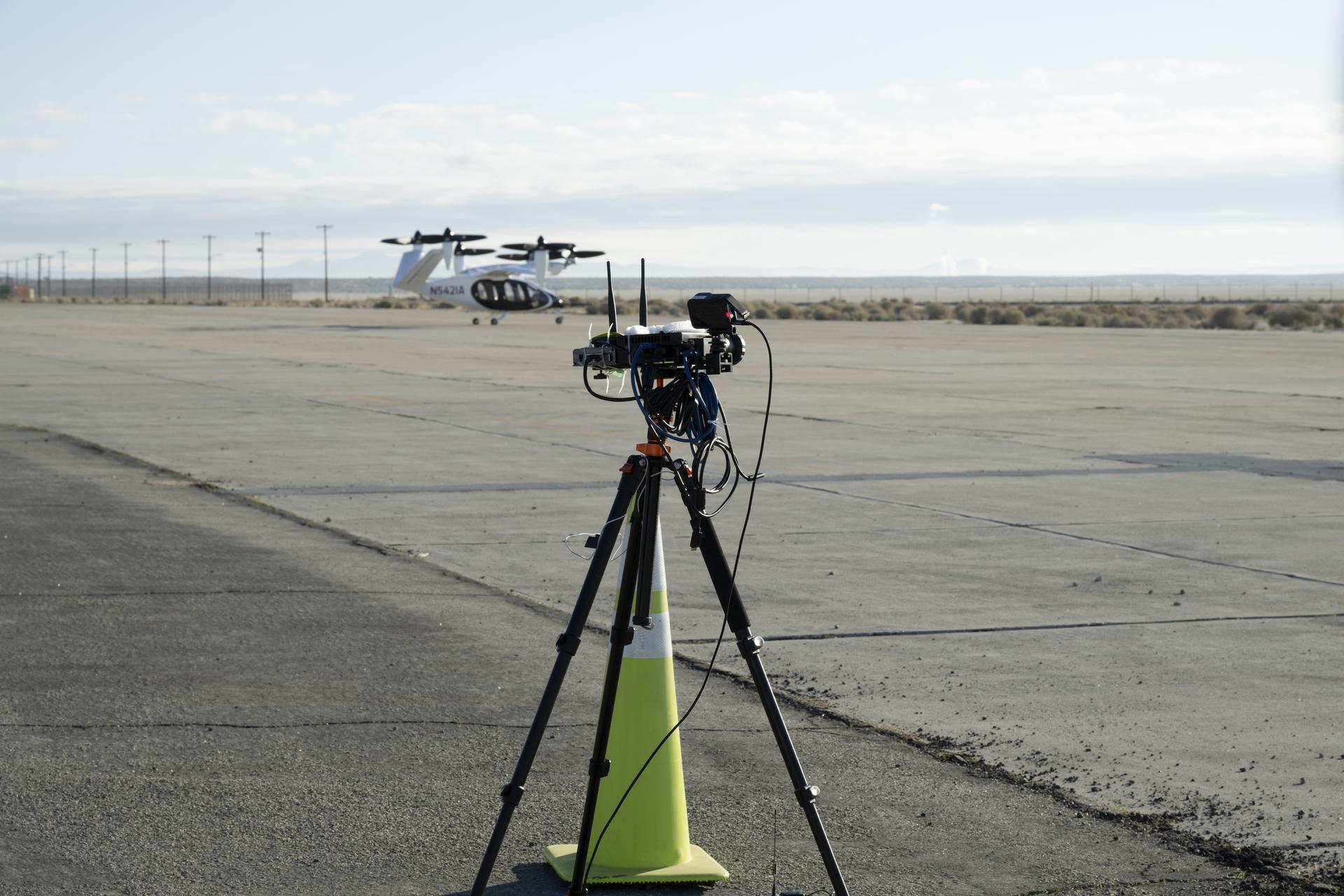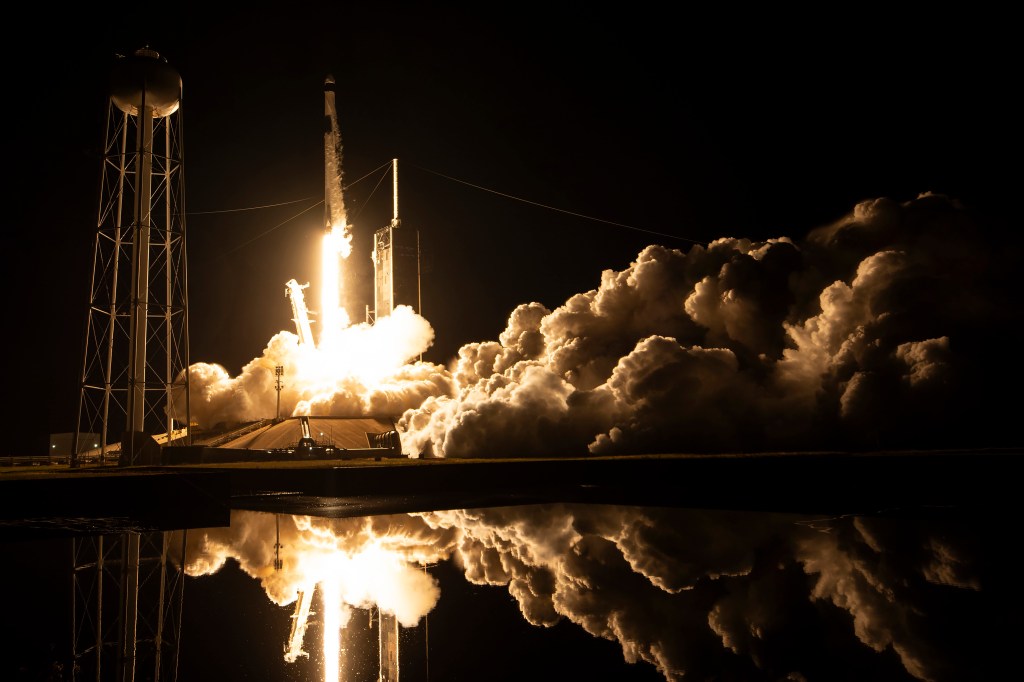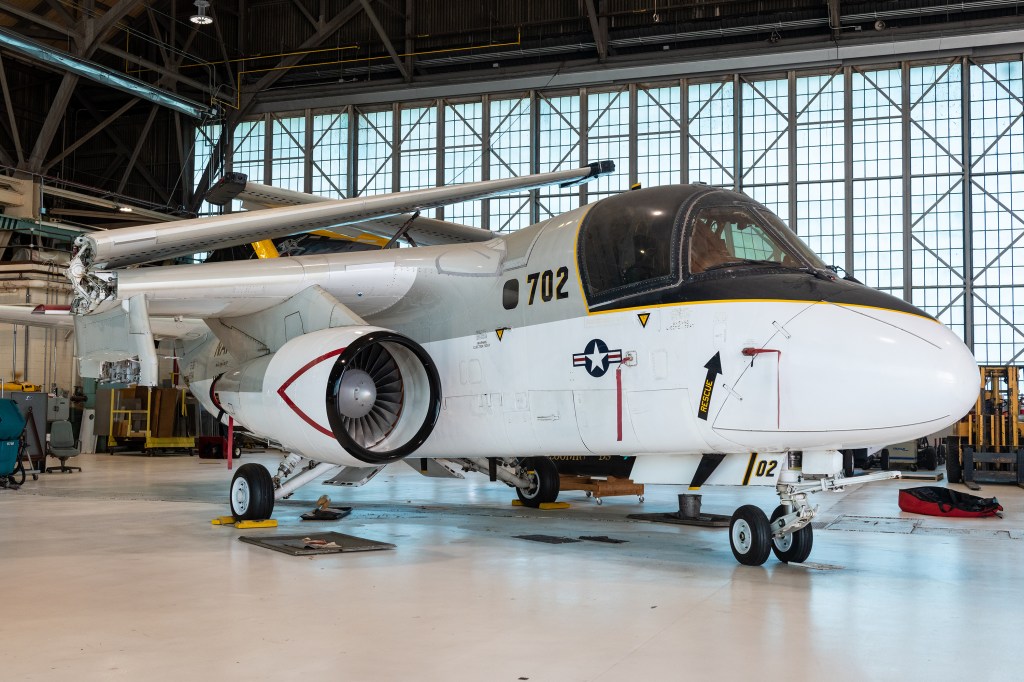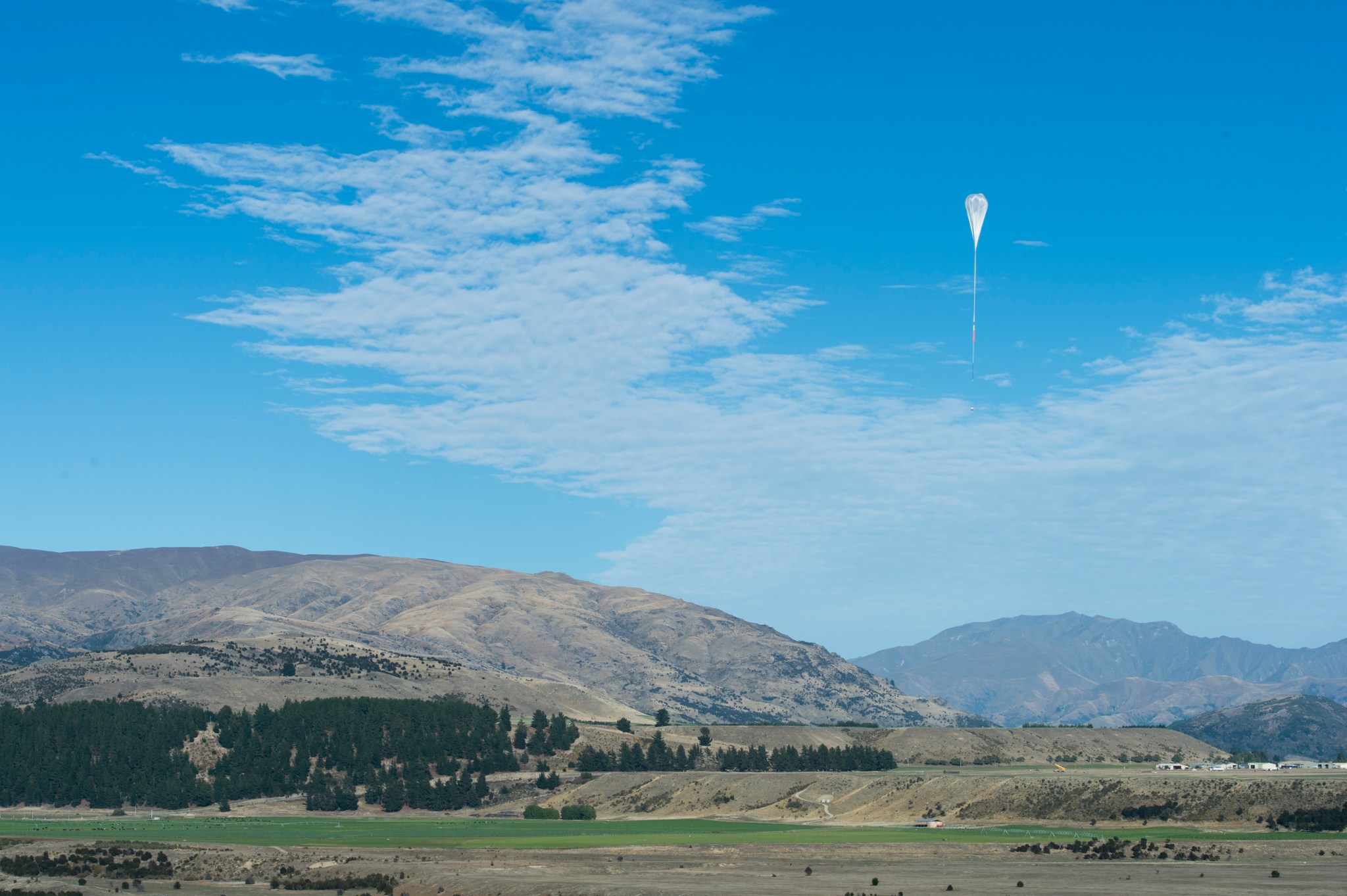After a three-year hiatus, NASA’s Scientific Balloon Program is returning to Wanaka, New Zealand, on a quest to perfect its super pressure balloon, or SPB, technology to support science missions for longer flight durations, with flights running up to 100 days.
The team is targeting mid-April for the balloon launch, the fourth launch from Wanaka Airport since NASA began balloon flight operations there in 2015.
“This year’s mission is critical to validating and certifying the super pressure balloon as an operational flight vehicle,” said Debbie Fairbrother, chief of NASA’s Balloon Program Office. “For certain types of science, we can achieve the same results on a balloon that could only otherwise be achieved by flying into space on a rocket. Certifying the balloon as a long-duration flight vehicle is key to supporting bigger and more complex science missions in the future.”
The science and engineering communities have previously identified long-duration balloon flights as playing an important role in providing inexpensive access to the near-space environment for science and technology.
Past SPB flights have led to new processes and procedures for constructing the upper and lower fittings of the balloon to ensure the balloon stays pressurized despite the stresses from gas expansion/contraction that occur during the heating and cooling of the day-night cycle. In addition, NASA has made improvements on the launch collar electronics. The launch collar is the mechanism that holds the balloon film together during launch operations—the collar is released just before launch.
“We are really looking forward to welcoming the NASA team back to Wanaka this year for their fourth super pressure balloon launch,” said Colin Keel, chief executive of Queenstown Airport Corporation (QAC), which manages Queenstown and Wanaka airports. “In 2017 NASA and QAC entered into a 10-year arrangement to ensure the balloon launch program continued at Wanaka Airport and provided the community with the many benefits it offers. It’s a privilege to host this innovative program once again in our part of the world.”
While in Wanaka, NASA intends to conduct a number of outreach events and to engage the community on the importance of the balloon mission and on other NASA initiatives, such as the agency’s work with the Artemis program, NASA’s program to land the first woman and next man on the Moon by 2024.
“We’re excited for our return to Wanaka and look forward to conducting outreach, meeting with local leaders, and ultimately sharing all of NASA’s work with the global community,” said Fairbrother.
Along with the primary mission of certifying the flight vehicle, the balloon will also host a returning science payload. The Compton Spectrometer and Imager (COSI) science team from the University of California-Berkeley is flying on this year’s SPB as a mission of opportunity. COSI launched from Wanaka in 2016 and flew for 46 days conducting its science mission.
Coming up in 2021, NASA is planning another SPB test flight from Wanaka, which, in turn, will pave the way for the launch of the Galactic/Extragalactic ULDB Spectroscopic Terahertz Observatory (GUSTO) mission from Antarctica on an SPB in December 2021. GUSTO is a US$40 million mission, the largest mission ever launched on a NASA balloon, that will measure emissions from the interstellar medium, which is the cosmic material found between stars. The data from GUSTO will help scientists determine the life cycle of interstellar gas in our Milky Way galaxy, witness the formation and destruction of star-forming clouds, and understand the dynamics and gas flow in the vicinity of the center of our galaxy.
The SPB is an 18.8-million-cubic-foot (532,000-cubic-meter) pressurized flight vehicle designed to float at a constant density altitude despite the heating and cooling of the day-night cycle. This pressurization, coupled with the stratospheric conditions in the southern hemisphere, enables long-duration flights. The current record for a NASA super pressure balloon flight is 54 days.
The balloon is helium-filled and about the size of the Forsyth Barr Stadium in Dunedin when fully inflated at its operational float altitude of 110,000 feet (33.5 kilometers). Wanaka is NASA’s dedicated launch site for mid-latitude, long-duration balloon missions.
NASA’s Wallops Flight Facility in Virginia manages the agency’s scientific balloon flight program with 10 to 15 flights each year from launch sites worldwide. Northrop Grumman, which operates NASA’s Columbia Scientific Balloon Facility in Texas, provides mission planning, engineering services and field operations for NASA’s scientific balloon program. The CSBF team has launched more than 1,700 scientific balloons in the over 35 years of operation.
For more information on NASA’s Scientific Balloon Program, visit: www.nasa.gov/scientificballoons.
Jeremy Eggers
Wallops Flight Facility, Wallops Island, Va.
757-824-2958
jeremy.l.eggers@nasa.gov

